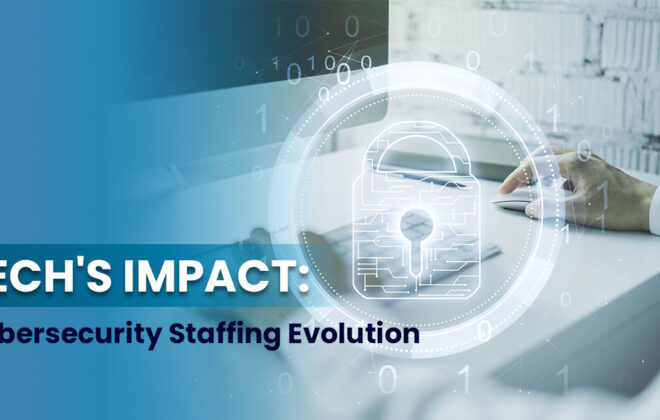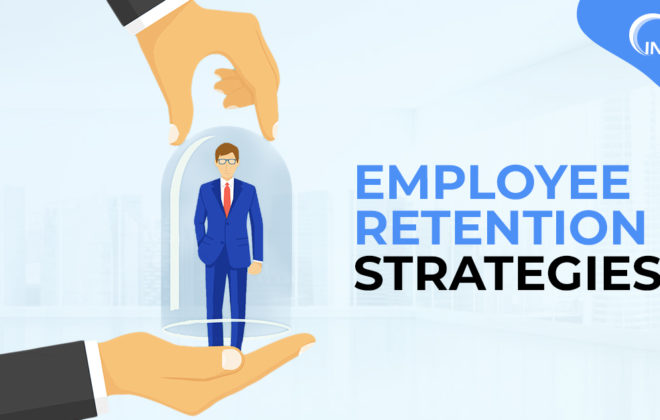Contingent Workforces in 2022: The Pros and Cons
What is a contingent workforce?
The Contingent workers are hired on a per-project basis. They are also called freelancers, independent contractors, and consultants. These workers are not permanent employees, but they can work on a full or part-time basis because they work for a company for a specific project or a specific length of time only. Contingent employees can work on-site or remotely.
Contingent employees allow organizations to scale their teams up or down based on projects, skill requirements, and current business demands without adding a permanent headcount of employees who are not required for the long term. These temporary employees have their skills in specific areas, which help companies accomplish their goals.
As customer expectations and demands of running a modern business evolve, relying on a contingent workforce makes it easier for organizations to adjust to business requirements. Today’s contingent workforce makes it easier for organizations to bring experienced professionals on board as per the requirement. Rather than hiring full-time employees to manage various tasks, such as building a website, they can employ contingent employees to fulfill the required work demand.
The organizations should be acquainted with this arrangement as it includes various benefits and considerations. Understanding how the contingent workforce operates and what it can deliver to your organization will make it more manageable to decide if this structure is best for you.
What are the pros and cons of contingent employees?
As companies consider what they can accomplish, they’ll want to evaluate the benefits of using contract workers and several considerations when adopting a contingent workforce. This can help companies build hybrid teams that combine contract workers and permanent employees.
Contingent workforce pros:
Organizations usually find themselves drawn to the benefits that short-term workers can bring to the entire workforce. Some of the most significant benefits include the following:
- Cost savings: Financial advantages often stand out. Working with short-term workers and freelancers means that companies don’t have to spend much money and time on administrative costs. They also don’t have to be concerned about employment benefits, such as health care, which can burden the business financially.
- Added flexibility: Companies only need to hire people when they need them, preventing unnecessary expenses. Workers can join the team at crucial stages in a project, and the organization can scale down when they fulfill their roles.
- Ability to expand the team’s expertise for special projects: The contingent workforce brings considerable talent to the proverbial table. These employees will generally have portfolios that demonstrate their skills and how they can benefit businesses.
- Access to a broader pool of talent: With contingent employees, businesses also have access to a more comprehensive selection of workers, including those not in their geographical area. On Upwork, for example, companies have access to the top independent professionals worldwide—allowing each organization to select professionals who fit their needs best.
- Ability to shorten the hiring process: Working with freelancers means that HR departments spend significantly less time onboarding new hires. This way helps everyone work faster and helps the company get the most productive work time for their investment.
Contingent workforce cons:
For businesses getting started with contractors, a few considerations can help make the transition successful.
- Observe the impact of contingent workforces on the overall team: Organizations will need to monitor carefully how the rotation of workers impacts working relationships and team productivity.
- Build communication within the team: When you have a group of employees and independent contractors, develop a system that ensures all members feel appreciated and motivated through effective communication so that everyone understands their role.
- Comprehend the differences between employees and independent workers: Employment status is dependent on the worker’s relationship with the company. This can impact everything from taxes to their benefits.
Understand how to utilize contingent workforces in 2022
Contingent workers will play a critical role in modern businesses going ahead. With companies turning to remote work throughout the pandemic, they have only started realizing the potential of a contingent workforce. This adds to the benefits of independent workers, which will help businesses scale, cost-cutting, adjust, and tap into the world’s finest talent.
Want to know how the contingent workforce can help your company and business? Infojini can help you explore these independent professionals. We help you hire the right talent hassle-free.
Related Posts
Subscribe For Updates
Categories
- Accountant
- AI
- Automation
- Awards and Recognitions
- Blue Collar Staffing
- Burnouts
- Campus Recruiting
- Cloud
- Co-Ops agreements
- Company Culture
- Compliance
- contingent workforce
- Contingent Workforce
- COVID-19
- Cyber Security Staffing
- Data Strategy
- Digital Transformation
- direct sourcing
- Distributed Workforce
- Diversity
- Diversity & Inclusion
- Economy
- Events & Conferences
- fleet industry
- Gig Economy
- Girls in Tech
- Global Talent Research and Staffing
- Government
- Healthcare
- Healthcare Staffing
- Hiring Process
- Hiring Trends
- Home Helathcare
- HR
- HR Practices
- HR Tech
- IT
- Labor Shortages
- Life Science
- Local Governments
- News
- Nursing
- Payroll Staffing
- Public Sectors
- Recruiting
- Remote Work
- Skill Gap
- SMB Hiring
- Snowflake
- Staffing
- Staffing Augmentation
- Staffing Challenges
- Talent ROI
- Tech Staffing
- Technology
- Tips & tricks
- Total Talent Management
- UI/UX Design
- Uncategorized
- Veteran Staffing
- Veterans Hiring
- Veterans Hiring
- Workforce Management
Recent Posts
- Automation in Recruiting: From Chatbots to Predictive Screening
- Gig Economy Expansion: The Impact on Talent Pools and Business Models
- Skills-Based Hiring: Why Credentials Alone Don’t Cut It in 2025
- Procurement 3.0: AI & Intelligent Automation in 2025
- Q3 Is Here: Is Your Contingent Workforce Strategy Falling Behind?
Newsletter
Archive
- September 2025
- August 2025
- June 2025
- April 2025
- March 2025
- December 2024
- November 2024
- October 2024
- September 2024
- August 2024
- July 2024
- June 2024
- May 2024
- April 2024
- March 2024
- February 2024
- January 2024
- December 2023
- November 2023
- October 2023
- September 2023
- August 2023
- July 2023
- June 2023
- May 2023
- April 2023
- March 2023
- February 2023
- December 2022
- November 2022
- October 2022
- September 2022
- August 2022
- July 2022
- June 2022
- November 2021
- October 2021
- September 2021
- August 2021
- July 2021
- June 2021
- May 2021
- April 2021
- March 2021
- February 2021
- January 2021
- December 2020
- November 2020
- October 2020
- September 2020
- August 2020
- July 2020
- June 2020
- May 2020
- April 2020
- March 2020
- February 2020
- January 2020
- December 2019
- November 2019
- October 2019
- September 2019
- August 2019
- July 2019
- June 2019
- May 2019
- January 2019
- December 2018
- November 2018
- October 2018
- September 2018
- August 2018
- July 2018
- June 2018
- May 2018
- April 2018
- March 2018
- February 2018
- January 2018
- December 2017
- November 2017
- October 2017
- September 2017
- August 2017
- July 2017
- June 2017
- May 2017
- November 2016
- October 2016




